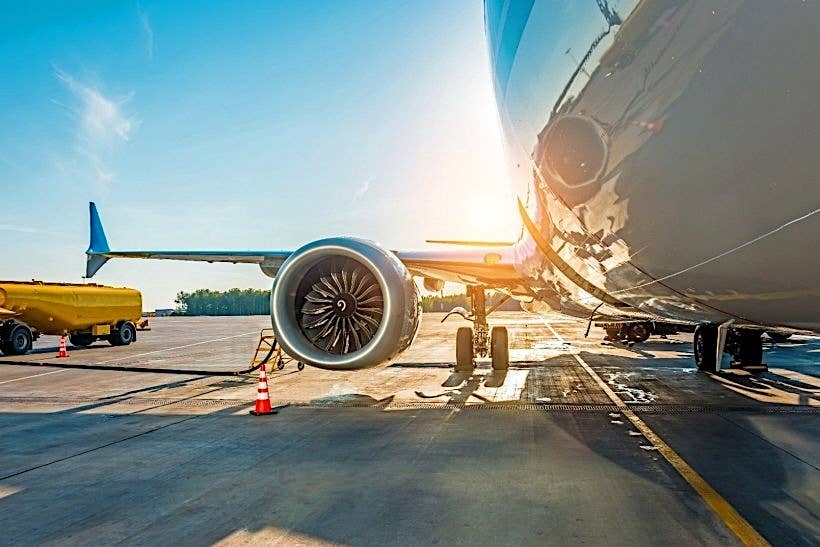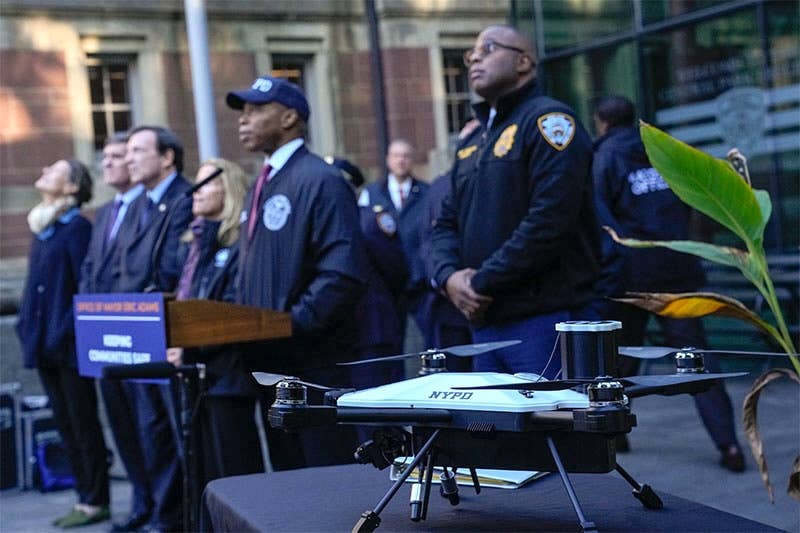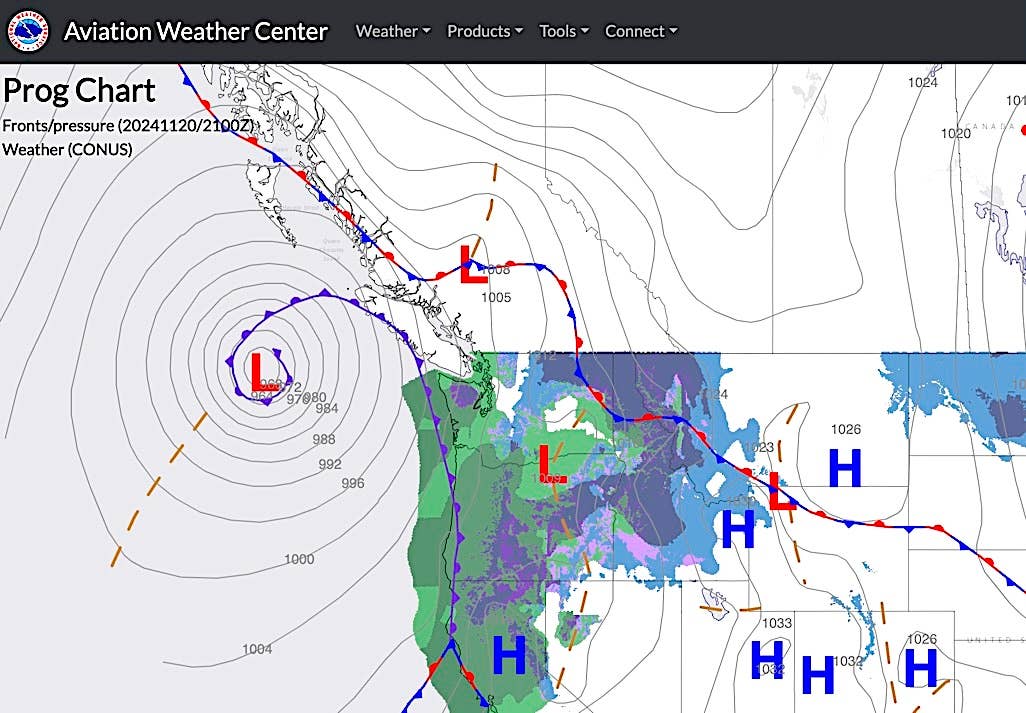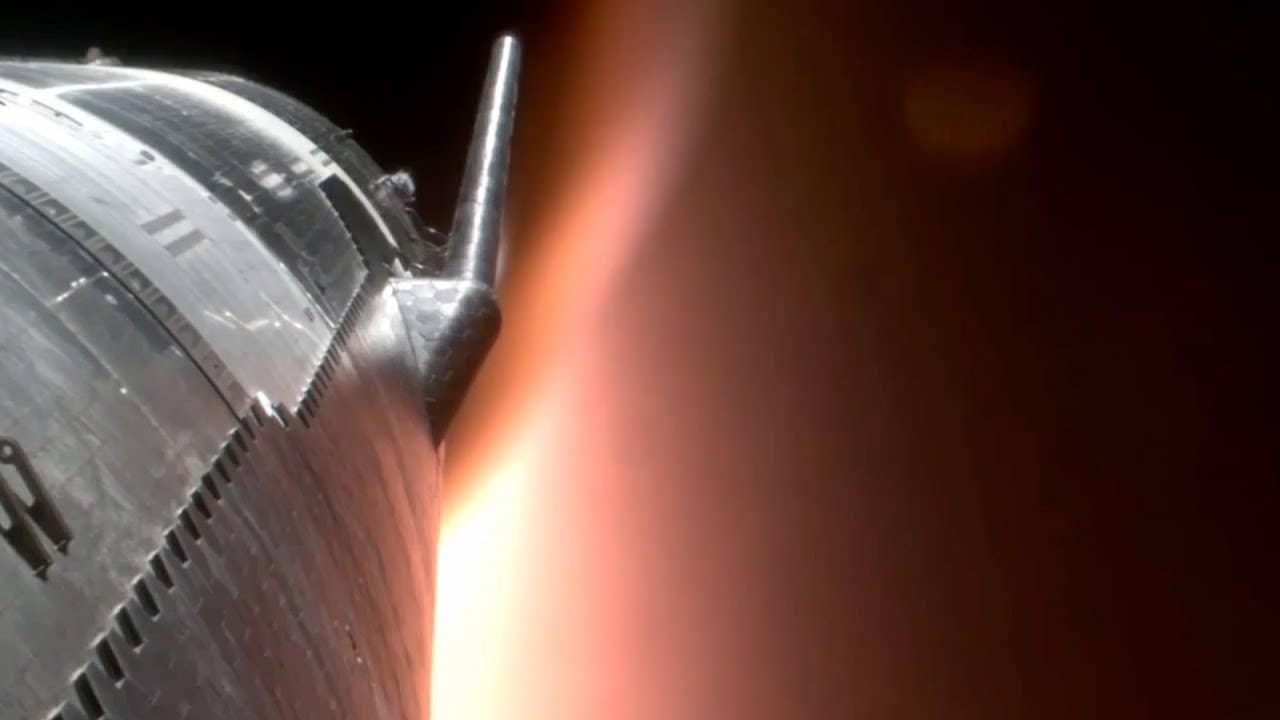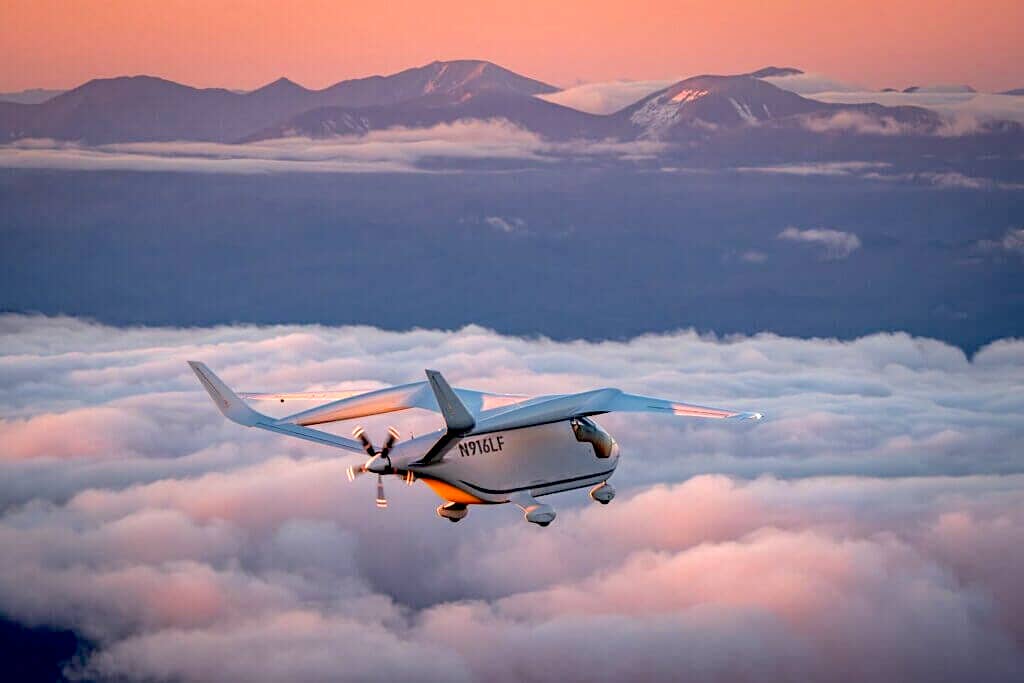Qantas Completes Second Project Sunrise Research Flight
Australian airline Qantas completed the second of three ultra-long-haul research flights on Friday, flying 17,800 kilometers (about 9600 NM) from London, England, to Sydney, Australia. The lightly loaded Boeing 787-9…
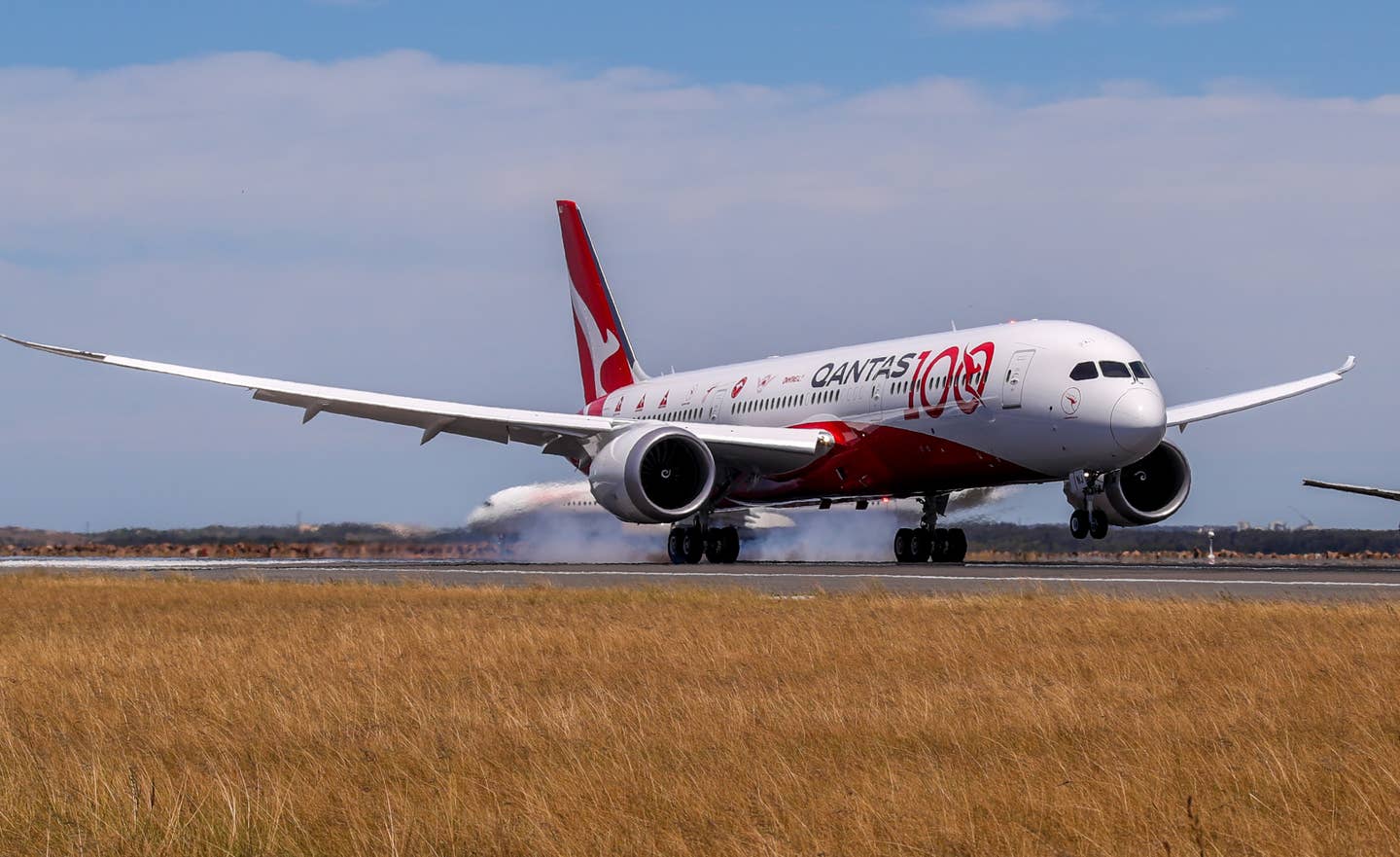
Image: Qantas
Australian airline Qantas completed the second of three ultra-long-haul research flights on Friday, flying 17,800 kilometers (about 9600 NM) from London, England, to Sydney, Australia. The lightly loaded Boeing 787-9 touched down at Sydney International Airport at 12:28 p.m. local time after 19 hours and 19 minutes in the air. The flight took place as part of the airline’s Project Sunrise, a program designed to open regular, nonstop commercial routes from the east coast of Australia to ultra-long-haul destinations including London and New York.
“Our Perth to London flight was a huge leap forward and it’s been incredibly popular,” said Qantas CEO Alan Joyce. “The final frontier is New York and London to the east coast of Australia non-stop and we are hopeful of conquering that by 2023 if we can make all elements of the business case stack up.”
According to Qantas, data from the research flights will be “used to inform future service and product design, aimed at increasing wellbeing and comfort during travel on long-haul flights.” For the second flight, areas being studied included meal times and types, cabin lighting and temperature, and stretching and meditation. The flights serve the dual purpose of delivering the three brand-new 787s to Qantas’s Sydney base.
The first Project Sunrise research flight took place last month, carrying 49 passengers and crew from New York to Sydney. Qantas is considering Boeing’s 777-8 and an ultra-long-range version of the Airbus A350 for use on Project Sunrise routes, but has yet to settle on either option. The company has said it will announce its choice by the end of the year.

